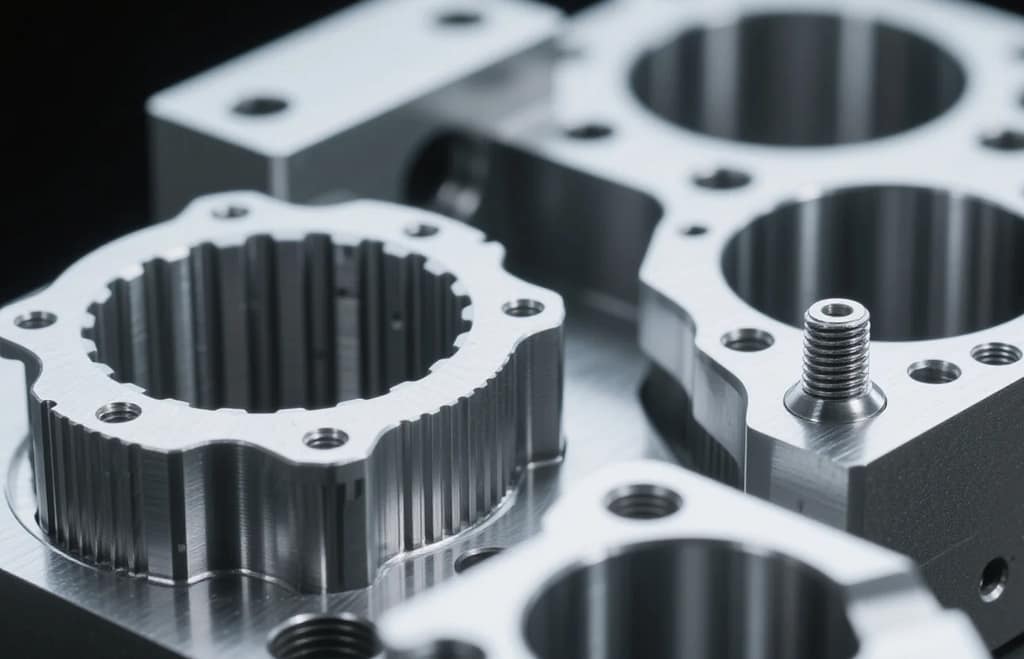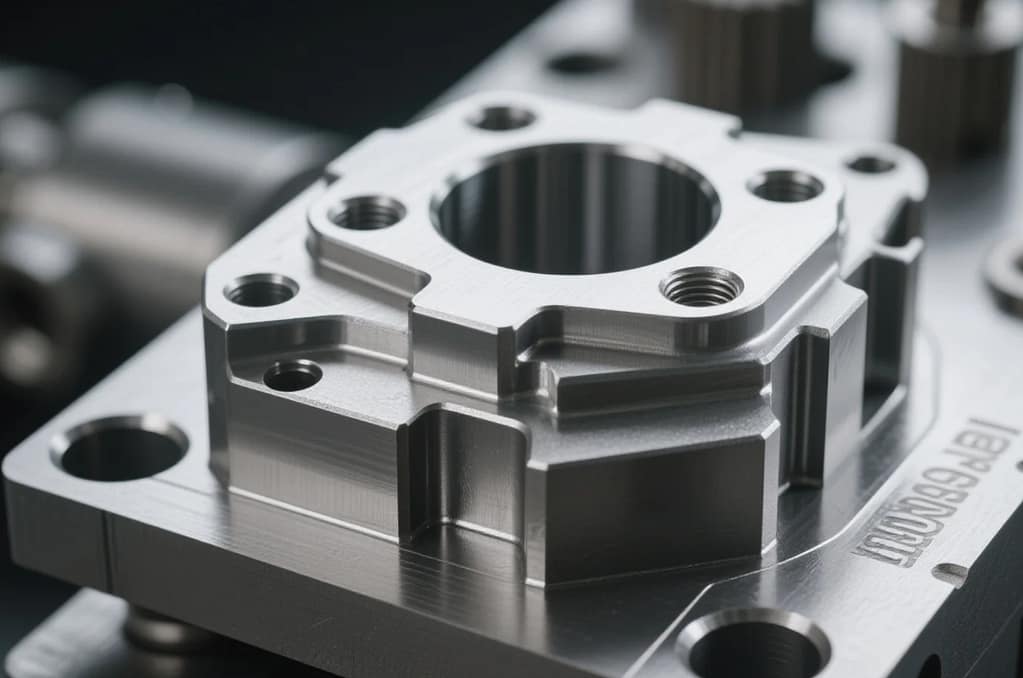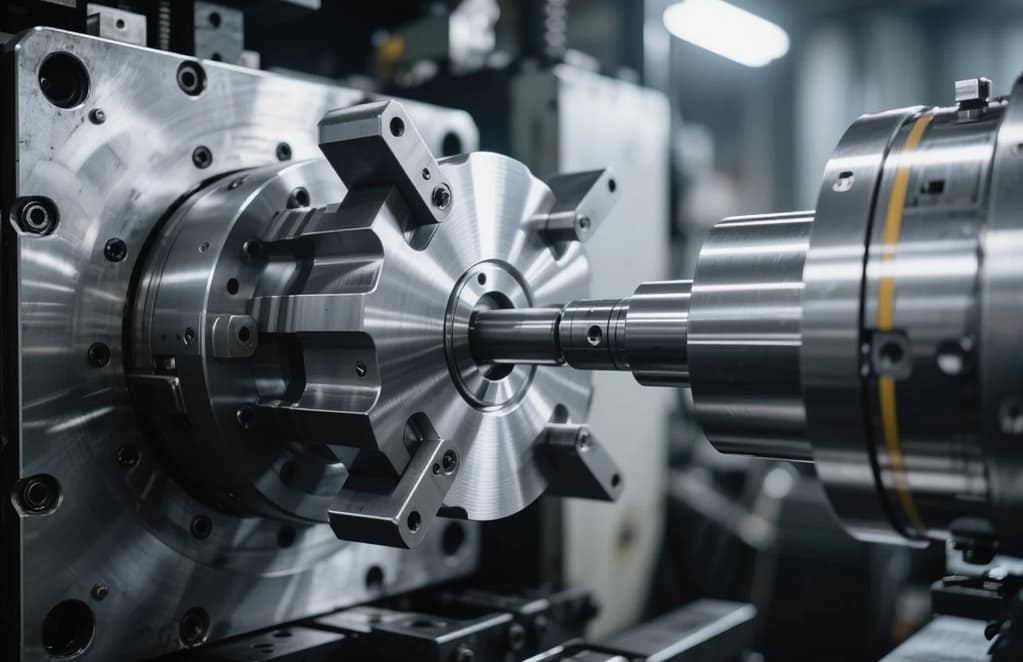Introduction: Redefining the Limits of Small, Complex Components
In the ever-evolving landscape of high-stakes manufacturing, the demand for components that are smaller, more intricate, and produced at higher volumes with exceptional precision continues to escalate. For decades, traditional processes like machining or investment casting have served the industry well. However, when the size decreases and the complexity soars, these methods often face significant limitations regarding cost-effectiveness, material waste, and achieving ultra-tight tolerances. Consequently, a transformative technology has emerged as a frontrunner to meet these stringent requirements: metal injection molding (MIM).
Metal injection molding is not merely an alternative; it is a paradigm shift in how complex, small-scale metal parts are conceived and mass-produced. It deftly bridges the gap between the design freedom of plastic injection molding and the strength and integrity of traditional powder metallurgy, offering engineers and procurement specialists an unparalleled solution for the most challenging designs. The process is particularly vital for industries where miniature components underpin critical functionality, such as medical devices, consumer electronics, and automotive subsystems. But exactly how does this process work, and what makes it the potential future of precision parts manufacturing?
Unpacking the Metal Injection Molding Process: A Blend of Polymer and Metallurgy

Understanding the core mechanism of metal injection molding is crucial to appreciating its value proposition in precision manufacturing. The process is sophisticated, yet elegantly simple in its objective: to form a net-shape metal component with minimal post-processing.
Initially, the metal powder—often very fine, typically under 20 micrometers—is meticulously blended with a thermoplastic binder (a combination of waxes and polymers). This homogenous mixture, known as the “feedstock,” is then granulated. It is this feedstock that is injected into a mold cavity, much like conventional plastic injection molding, to create what is known as the “green part.” This step is where MIM gains its inherent strength: the ability to form highly complex geometries, internal threads, undercuts, and features in a single operation.
Following the molding stage, the “green part” undergoes two crucial post-molding steps: debinding and sintering. Debinding removes the majority of the polymeric binder, creating a fragile, porous “brown part.” This is a delicate and critical step, often performed through thermal or solvent extraction processes, requiring precise control to prevent part distortion.
The final, and perhaps most critical, step is sintering. The “brown part” is heated in a controlled atmosphere furnace to temperatures approaching the metal’s melting point. During this stage, the metal particles bond together, densifying the component. The part shrinks isotropically (uniformly in all directions), a factor that is precisely calculated and accounted for during the initial mold design. The end result is a high-density, near net-shape metal component that boasts properties comparable to wrought metal.
Key Advantages for Precision Manufacturing Service Users

For clients seeking high-volume, high-precision metal components, the inherent benefits of metal injection molding directly translate into tangible competitive advantages.
1. Unmatched Geometric Complexity and Design Freedom:
MIM excels where machining fails. The process is volume-based, not reliant on line-of-sight tool paths, allowing for the rapid, cost-effective production of parts with intricate features that would be prohibitively expensive or simply impossible to create via traditional subtractive methods. Features such as complicated curves, fine surface details, internal features, and high aspect ratios are routinely incorporated, minimizing assembly requirements.
2. Superior Material Versatility and Mechanical Integrity:
A vast array of materials can be processed using MIM, including stainless steels (e.g., 17-4 PH, 316L), low-alloy steels, titanium alloys, and various soft magnetic alloys. Critically, the final parts achieve densities typically exceeding 97% of theoretical density. Consequently, the resulting components exhibit excellent mechanical properties—high strength, wear resistance, and corrosion resistance—making them suitable for demanding applications, unlike many parts produced by conventional casting.
3. Cost-Effectiveness at High Volumes:
While tooling costs for MIM molds are higher than some traditional methods, the process delivers dramatic cost savings once production scales up. Since the parts are produced to “near net shape,” the need for extensive secondary operations, such as multi-axis machining or assembly, is significantly reduced or eliminated. This minimized material waste and reduced labor input drive down the per-part cost, making MIM the economically superior choice for quantities exceeding 10,000 units annually.
4. Consistent Quality and Repeatability:
The nature of the injection molding process ensures that once the mold is optimized, every single part produced is virtually identical. This exceptional repeatability is non-negotiable in critical industries like aerospace and medical, where component consistency directly impacts safety and performance.
Applications Across Critical Industries: Where MIM Shines

The unique capabilities of metal injection molding have made it indispensable across several high-growth, high-specification sectors:
- Medical & Dental: MIM produces tiny, complex surgical instrument components, endoscopic parts, orthodontic brackets, and device housing elements that require biocompatibility and extreme precision. The ability to manufacture stainless steel components with internal features and smooth finishes is a crucial differentiator.
- Consumer Electronics: Components for smartphones, tablets, and wearable technology—such as hinges, camera module parts, and intricate connectors—demand both miniaturization and robustness, areas where MIM is perfectly suited.
- Automotive: The shift towards lighter, more efficient vehicles drives the need for high-strength, small parts in safety systems, locking mechanisms, and powertrain sensors. MIM provides these components cost-effectively and to tight specifications.
- Aerospace & Defense: Although volume is sometimes lower, the need for parts made from specialized alloys with high strength-to-weight ratios for sensor housings and flight control mechanisms makes MIM a viable and proven technology.
Navigating the Challenges and Future Outlook
Enquanto metal injection molding offers profound advantages, it is important to note its limitations to ensure a realistic assessment. The process is generally optimized for smaller parts, typically those weighing under 100 grams. Furthermore, the initial tooling investment and the extended lead time required for mold fabrication necessitate a clear commitment to high production volumes. Engineers must also have a deep understanding of the isotropic shrinkage factor to correctly design the mold cavity, requiring specialized expertise.
Nevertheless, continuous advancements in feedstock formulation, sintering furnace technology, and automation are constantly pushing the boundaries of what MIM can achieve. The future promises even larger part capabilities, the routine use of exotic and refractory metals, and tighter integration with additive manufacturing techniques.
In conclusion, for precision manufacturing clients facing the relentless pressure to miniaturize and complexify components while simultaneously driving down costs, metal injection molding represents more than just a process—it is a strategic manufacturing solution. By providing exceptional design flexibility, material integrity, and production economy, MIM solidifies its position as a cornerstone technology, truly defining the next generation of precision metal parts.
Frequently Asked Questions (FAQ)
Q1: What is the typical size range for parts best suited to Metal Injection Molding?
A: MIM is generally optimized for small, intricate parts. While there is no strict limit, the ideal weight range typically falls between 0.1 grams and 50 grams, with dimensions usually kept within 3 inches (75 mm) to maximize cost efficiency and process control.
Q2: How do the mechanical properties of MIM parts compare to machined or wrought parts?
A: Due to the high density achieved through sintering (often >97% of theoretical density), the mechanical properties of MIM parts—including tensile strength, yield strength, and hardness—are typically comparable to those of wrought materials of the same alloy. MIM parts generally perform significantly better than those produced by conventional press-and-sinter powder metallurgy.
Q3: Is Metal Injection Molding a cost-effective choice for low-volume production?
A: No, due to the high initial investment in complex tooling (molds), MIM is generally not cost-effective for low-volume runs (typically under 10,000 to 20,000 parts per year). The cost savings are realized through the economies of scale achieved by producing millions of near net-shape parts without extensive secondary operations.